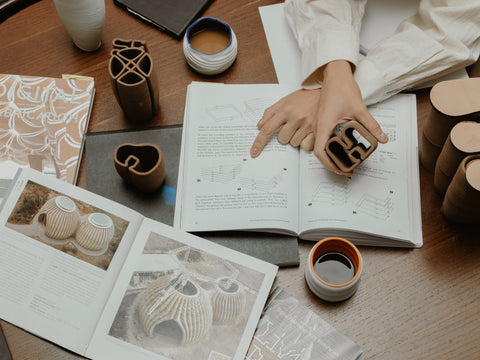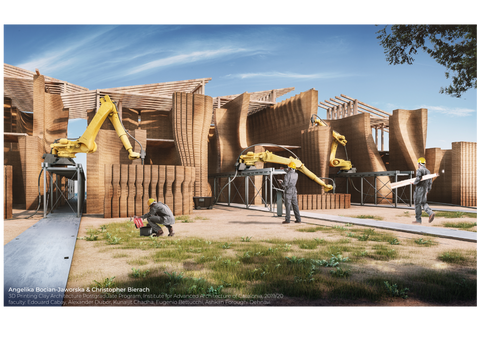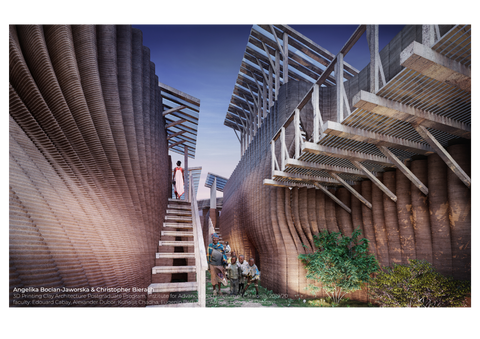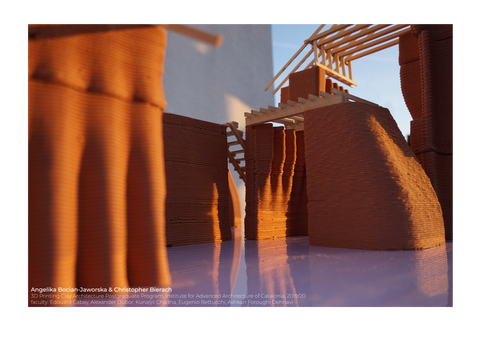Manifesto

Climate change seems to be the greatest challenge facing humanity during the 21st century.Debating over environmental changes alone is not enough, however, and actions are needed. For example, the construction sector is responsible for more than 30 percent of global CO 2 emissions and is fast-approaching the critical limit for resource use. Although everyone claims that architecture should change direction and adopt more sustainable measures, we still succumb to the temptations of technological progress to build more often, taller and slimmer buildings. Also, the inevitable increase in urbanization level and the need to provide affordable housing on a massive scale effectively prevent us from rethinking the supply chain, which is heading for disaster.
Thinking about architecture begins with the context and materials. What if the context was the materials and the materials were the context?

The construction sector
deals primarily with the following issues:
• The material intensity
of construction practices consumes vast
amounts of resources.
• Some of the compounds
contained in and/or used in the production
process of building materials are harmful to people
and the environment.
• The production and use
of construction materials are responsible for
significant greenhouse gas emissions.
Reducing is not EnoughIf we are facing a paradigm shift, which one should change first?
RematerializeThe new paradigm of architecture should learn from previous experiences in building settlements while implementing more recent thinking and working methods. This would allow the oldest building material – the earth – a sustainable and affordable alternative to concrete, to return to everyday use. Raw or fired clay is a construction technique with a close to zero environmental impact, which is fully reusable and recyclable. Also, it self-regulates the humidity of the air inside, and due to its thermal inertia, it cools the interior in summer while giving off heat in winter.
3D printing = solution?

3D printing (additive manufacturing) technology has significantly developed in recent years, making it possible to improve even the construction sector. Contrary to conventional methods, this technology facilitates mass production and mass customization simultaneously, significantly reducing both time and material consumption. The combination of archaic material with this revolutionary technology, therefore, has tremendous potential in architecture.


